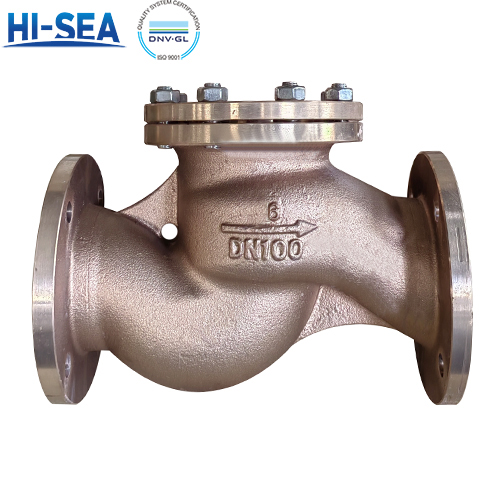
What Is The Difference Between Cast Iron Check Valve And Bronze Check Valve
Cast iron check valves and bronze check valves are both types of valves used in piping systems to control the flow of fluids, but they differ in material composition and certain characteristics.
Overview
Applications:
-Cast Iron Check Valve: Cast iron check valves are commonly used in industrial applications, HVAC systems, water distribution systems, and other applications where corrosion resistance is not the primary concern, and cost-effectiveness and strength are important factors.
-Bronze Check Valve: Bronze check valves are often used in marine environments, seawater applications, chemical processing plants, and other corrosive environments where corrosion resistance is critical.
Material Composition:
-Cast Iron Check Valve: Cast iron check valves are made primarily from cast iron, which is a durable and cost-effective material. Cast iron provides good resistance to corrosion and is suitable for many applications.
-Bronze Check Valve: Bronze check valves are made from bronze, an alloy primarily composed of copper and tin. Bronze offers excellent corrosion resistance, particularly in marine and corrosive environments.
Corrosion Resistance:
-Cast Iron Check Valve: While cast iron offers some resistance to corrosion, it is not as corrosion-resistant as bronze. Cast iron valves may be more prone to corrosion in certain environments, particularly those with high humidity or exposure to corrosive substances.
-Bronze Check Valve: Bronze check valves are highly resistant to corrosion, making them ideal for use in marine environments, saltwater applications, and other corrosive conditions.





